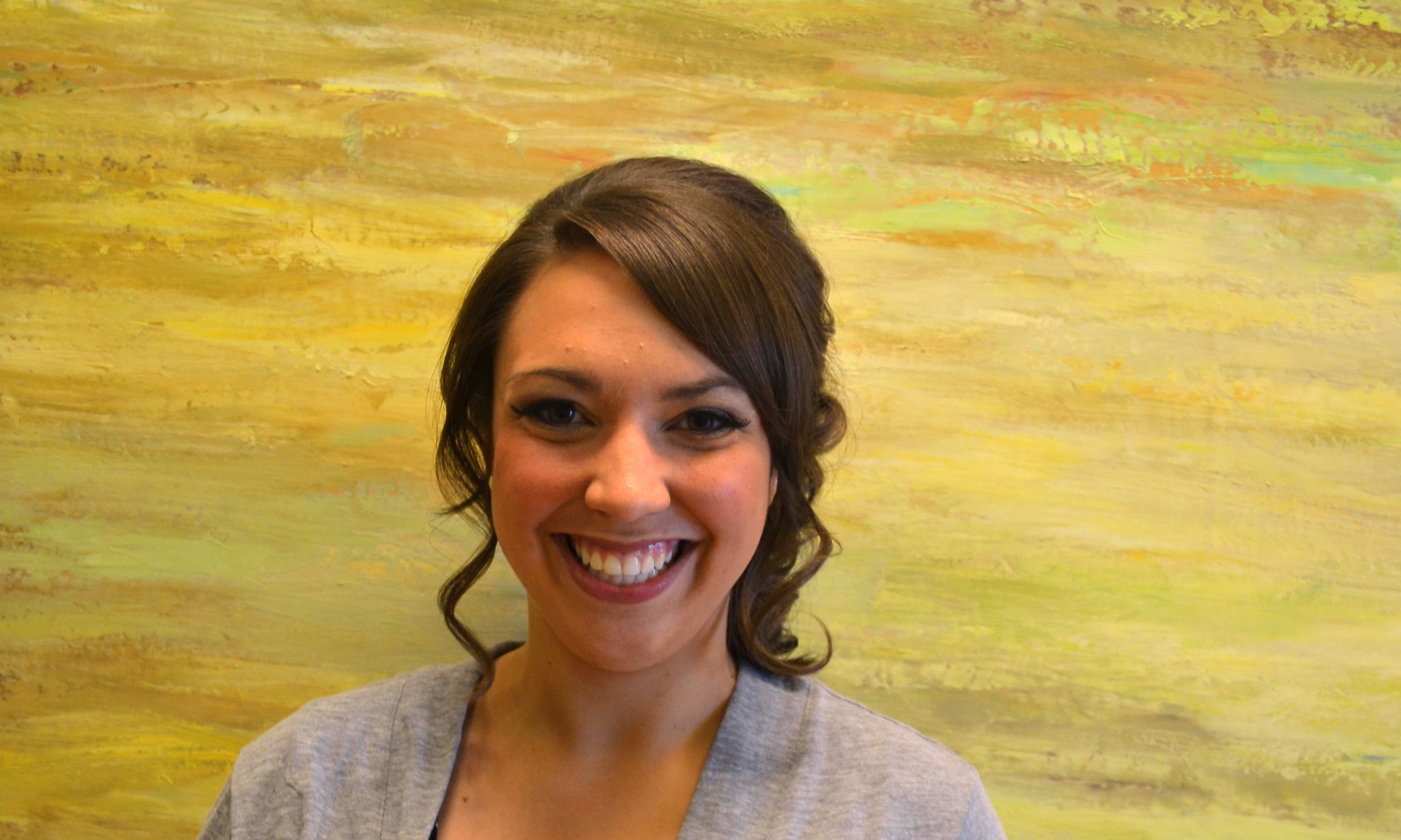Happy Tuesday everyone!
A few weeks ago was something that I think will be my favorite part of internship: Camp Jam!
Camp Jam is a week long camp for kids with disabilities. These kids are able to come together and have a social experience through music. I’ll give you a break down of the days:
First, everyone meets up for circle time. Here we say hello, get the campers feeling comfortable in the new space, and have them interact with their peers. It was great to see the changes made form day one to day four. The kids were saying hi, giving each other high fives, and singing along by the end of the week. Not only did the campers get more comfortable, but the volunteers did too. It was so exciting to see the volunteers interact with the kids!
When circle time was over, we got into small groups (older kids and younger kids). I was apart of the older kids group. I was thrilled to see the friendships formed within the older kids group. These kids created such a special bond through Camp Jam. The kids loved playing a large table drum. We all gathered around it to play together and listen to everyone play solos. It was a wonderful thing to see the campers cheering each other on! Small group time was a time for the kids to form connections with each other.
From small group we went to snack and then craft. Craft was always fun. We hung out outside and colored beach balls, wind chimes, and more! The kids left camp on Friday with a bag of goodies that they created!
The campers also went to movement group. I’ve attached a video of one movement intervention. I loved this intervention. It got the kids moving and interacting with everyone. It was obvious that the kids loved movement, but it was even more obvious that the volunteers loved it too! On the last day we enjoyed the beautiful weather (luckily we had a cool week) and played with water outside. The movement group was great to get kids moving through music. My favorite part was seeing them smile and laugh.
After craft and movement we headed to the playground. On the playground the campers were able to bond with their volunteer more. We discovered what each camper needed on their break away from all of the activities and sound. We also learned more about sharing (especially on the swings!). Even though playground was a short break we always had a lot of fun!
After playground we came back to camp and had a calm down time. The campers sat and relaxed while we all sang and played calming music. Calming instruments were passed around. We used bubbles and parachutes. The campers were exhausted after a full morning of activities! From calm down time we all got concert tickets and headed over to our own private concert.
The concerts were awesome! All of the performers were great and interacted with the campers. Tuesday’s concert was lead by a former camp jammer! He was awesome and handed out coloring sheets so the kids could color an orange piano! Wednesday was one of the camper’s parents. They taught the kids about jazz, how to scat, and a chance to play the upright bass! Thursday the kids got to play the banjo and sing some awesome songs! On Friday Miss Ladybug showed us how to shake our shakers. Thanks so much to the performers for providing the kids with amazing music!
Not sleeping as much last week was 100% worth it. Over four days I was able to see these kids grow so much. It was an amazing experience.
-Rachel




